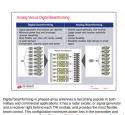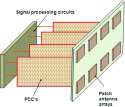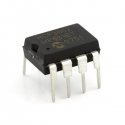Brumby
Major
When it is all said and done we are talking about a radar - the end product. Not TR architecture. In other words the subject is about radar and its performance specs. You build an end product for a purpose. Radar is a detection device and is governed by its signal energy equation. It can be expressed in many ways and the following are some of it.I don't need to show you a product when talking about architecture. I think I've been quite thorough in illustrating the idea. I've shown you material that's used in radar education courses. The fact that you have such a difficulty understanding how an AESA can have a single transmitter tells me that you don't know what one is. Take a look again at those slides and find where the oscillator and modulator are. What do you think a transmitter transmits? Where does that come from?

Regardless of its expression, there is a common factor in all of them i.e. avg power of transmission. In AESA radar, the avg power is derived from the TR modules. The more you have the greater is the avg power (among other things). The aim of every AESA radar is to pack as many modules as possible in the design because ultimately that determines detection range. It would be totally moronic to build a single TR AESA because that would be counter to a good design. It is why there is none out there. Your continuing argument about a single TR design suggest you have no clue about overall AESA radar design.
I have no clue what you are talking about or why it is even relevant. I suggest you provide a reference to a technical literature to back up what you are positing.You can't generate 10GHz coherent signal parallel in thousand(s) of emitters.
IT is extremely challenging even for 2 transmitter.




